| Aspect | Fresh Parsley | Dried Parsley |
|---|---|---|
| Flavor Intensity | Bright, crisp, grassy | Earthy, concentrated, mellow |
| Shelf Life | 7–10 days in fridge | 6–12 months in pantry |
| Usage Timing | Best added at end of cooking | Can be added early or late |
| Versatility | Ideal for garnish, salads, sauces | Perfect for long-cooked dishes |
| Convenience | Requires washing, chopping | Ready to use from jar |
Introduction
Dried parsley is a versatile culinary staple that enhances flavors in countless dishes. Unlike fresh parsley, it offers consistent taste year-round and is essential for everyday cooking. This guide covers practical uses, storage, and expert tips to maximize its potential.
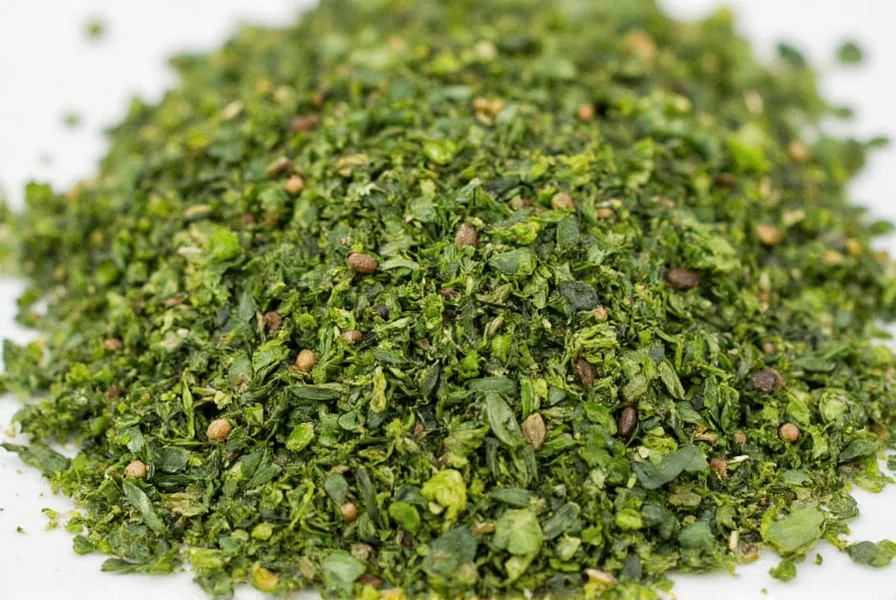
Parsley Basics: What Is Dried Parsley?
Dried parsley is fresh parsley leaves dehydrated to preserve flavor and nutrients. It retains earthy, peppery notes and is rich in vitamins K and C, plus antioxidants. Two main types exist:
- Flat-leaf (Italian) parsley: Robust flavor, ideal for cooking.
- Curly parsley: Milder taste, often used for garnish.
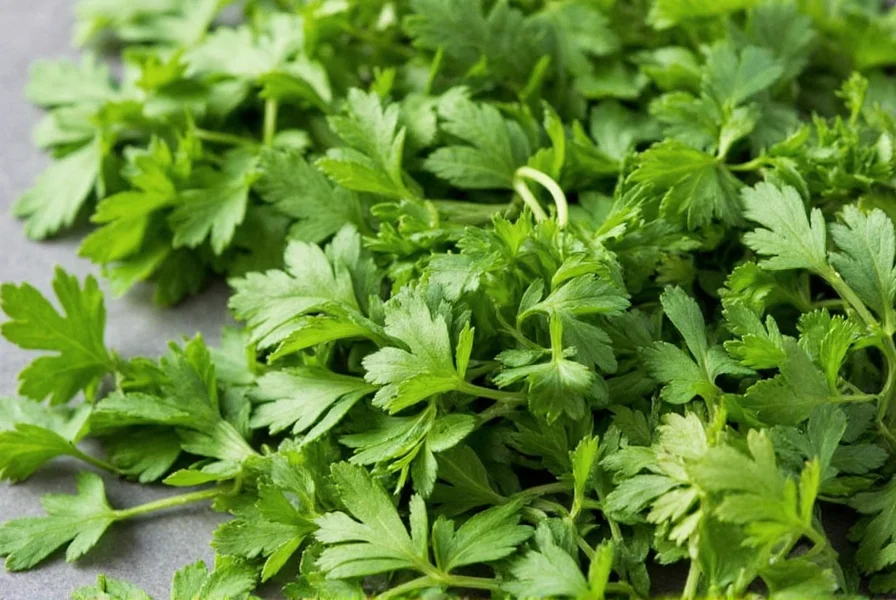
How to Use Dried Parsley in Cooking
Dried parsley shines in these practical applications:
- Soups and Stews: Add 1 tsp during last 10 minutes of cooking for optimal flavor release.
- Marinades: Mix with olive oil, garlic, and lemon juice for chicken or fish.
- Baked Goods: Stir 1/2 tsp into lemon cookies or chocolate cake batter for subtle herbal notes.
- Pasta Sauces: Blend into tomato or cream sauces for depth.
- Snack Seasoning: Combine with salt and paprika for popcorn or roasted nuts.
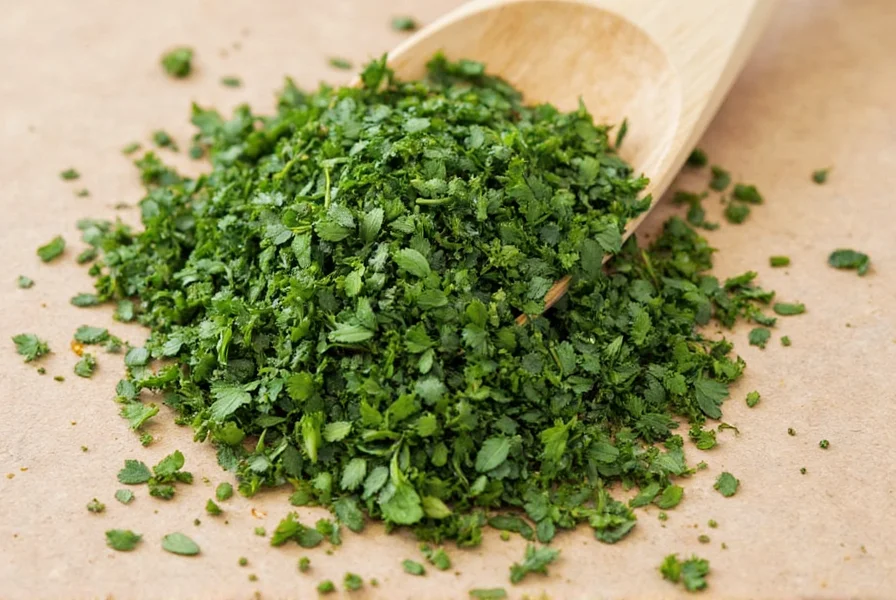
Fresh vs. Dried Parsley: Key Differences
| Aspect | Fresh Parsley | Dried Parsley |
|---|---|---|
| Flavor Intensity | Bright, crisp, grassy | Earthy, concentrated, mellow |
| Shelf Life | 7–10 days in fridge | 6–12 months in pantry |
| Usage Timing | Best added at end of cooking | Can be added early or late |
| Versatility | Ideal for garnish, salads, sauces | Perfect for long-cooked dishes |
| Convenience | Requires washing, chopping | Ready to use from jar |
Buying Guide: Selecting Quality Dried Parsley
- Whole Leaves: Avoid powders; whole leaves retain more flavor.
- Color: Vibrant green indicates freshness; brown or faded means aged.
- Smell: Strong herbal scent = good quality; dusty = skip.
- Additives: Choose pure parsley only—no anti-caking agents.
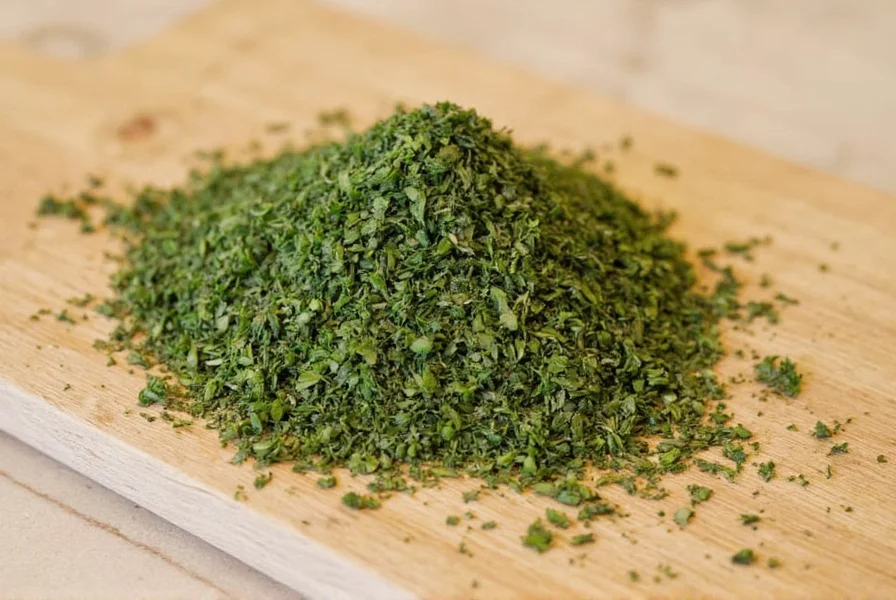
Storage Tips: Maximizing Freshness
- Cool, Dry Place: Store in pantry away from heat.
- Airtight Containers: Transfer from original packaging if needed.
- Moisture Control: Keep away from humidity to prevent clumping.
- Label and Date: Track freshness; peak flavor lasts 6 months after opening.
- Freezer Option: For long-term storage, freeze in airtight container to preserve oils for up to 18 months.

FAQs: Dried Parsley Expert Tips
Conclusion
Dried parsley is a kitchen essential that delivers consistent flavor, convenience, and nutritional benefits. Rich in vitamins K and C, it adds depth to everyday meals without extra effort. By mastering its uses and storage, you'll elevate any dish from simple to spectacular.
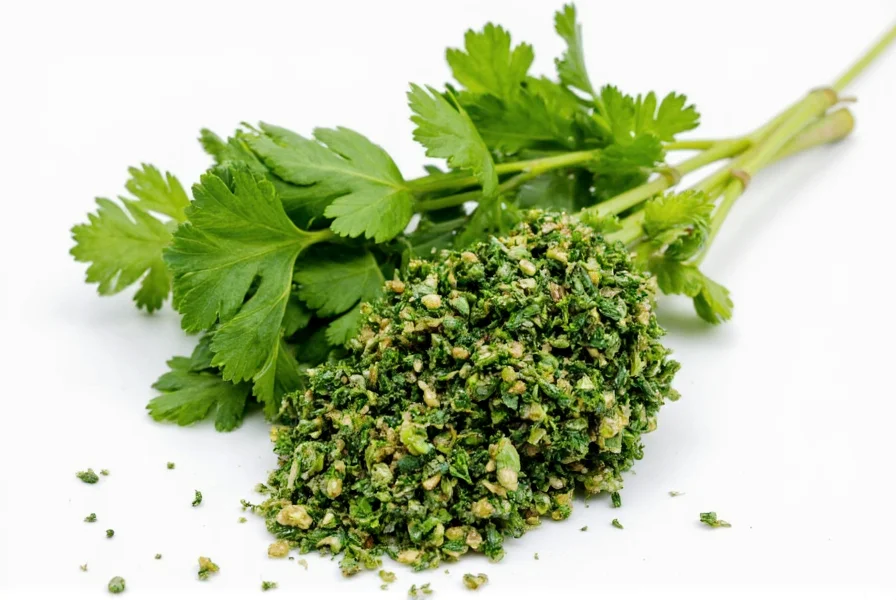

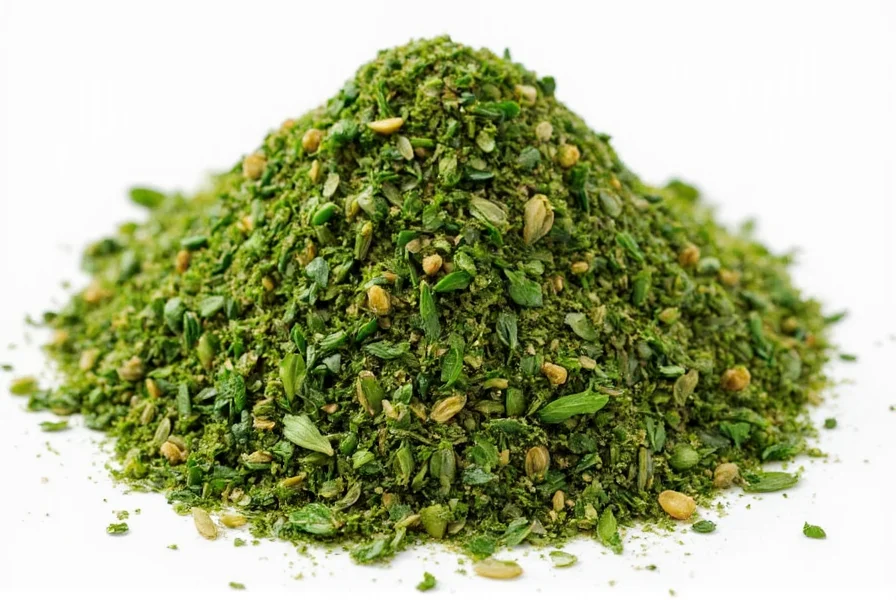









 浙公网安备
33010002000092号
浙公网安备
33010002000092号 浙B2-20120091-4
浙B2-20120091-4